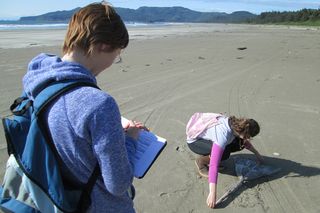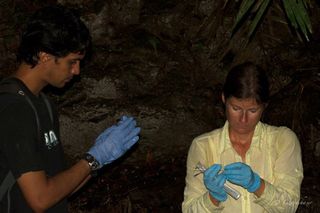Behind the Scenes
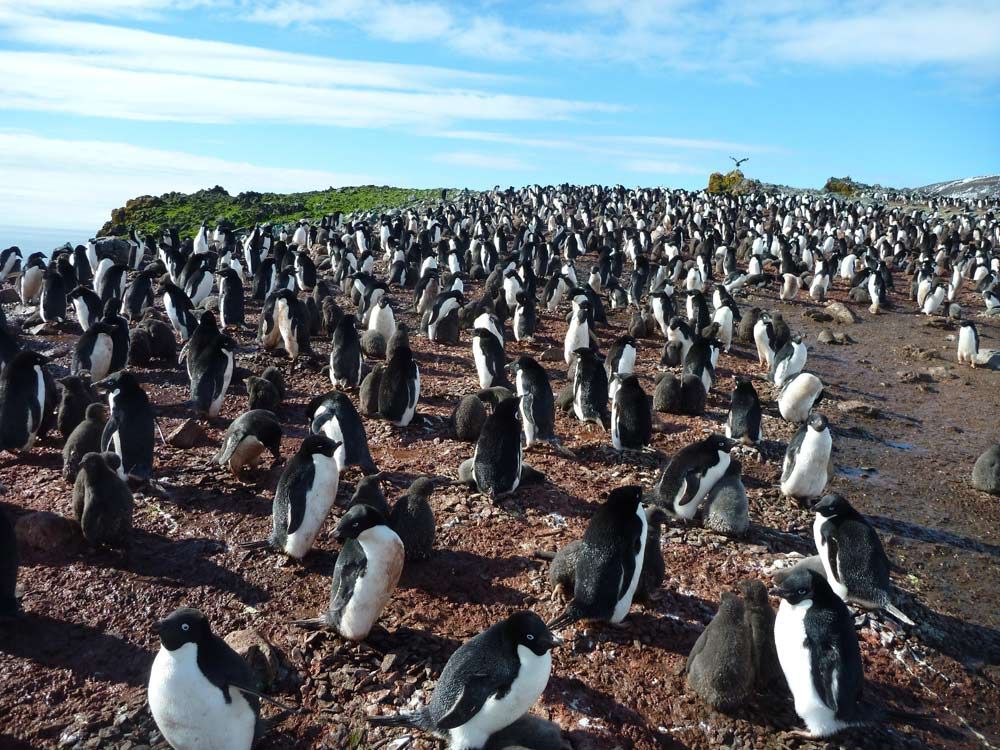
These Behind the Scenes articles were provided to LiveScience in partnership with the National Science Foundation.
Latest about Behind the Scenes
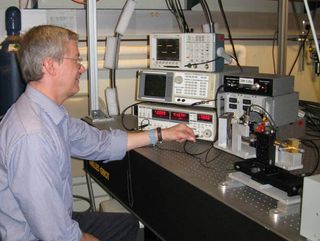
Plasma Waves Studied for New Electronics
By William Stillman last updated
Bill Stillman leaves a long career as an engineer to go back to school and learn a new field.
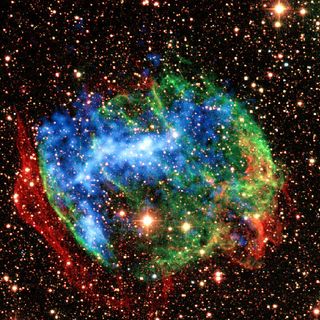
Search is on for Hot Young Stars
By Tiare Devenot last updated
An astronomer uses gamma ray bursts to shine a light on outer space.

5 Ways to Talk to Your Kids About Bullying
By Laura Geggel published
High school bullying, whether it is an online spat or ostracism in the lunchroom, is fairly common. But despite its prevalence, bullying can be difficult to discuss.

Modern Worldwide Danger Blooms from Ancient Bacteria
By Marlene Cimons published
Opinion Research results will have implications for many other lakes in the U.S. and around the world that are also experiencing toxic blooms.
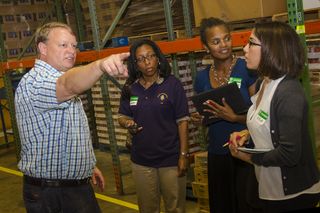
Engineering a Better Food Bank
By Matt Shipman published
Opinion Fairly and efficiently distributing food is a large and complicated problem and a team of engineers set out to make it work better.

Swallows Of The Western Skies
By Jessica Arriens published
An international team of researchers studies one slim bird to answer some big biological questions.

Innovative Entertainment Model Designed to Get Kids Outside
By Ayesha Monga Kravetz published
The new online production, Plum Landing, teaches kids core science concepts and gets them exploring their worlds through online webisodes, games, an app, videos and hands-on activities.
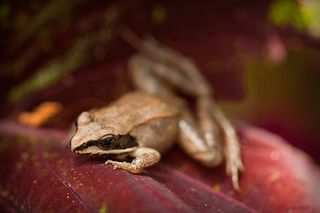
Frog Population Decline Linked to Killer Pathogen
By Jacqueline Conciatore published
Ranavirus may be partly to blame for dwindling frog populations.
Get the world’s most fascinating discoveries delivered straight to your inbox.


